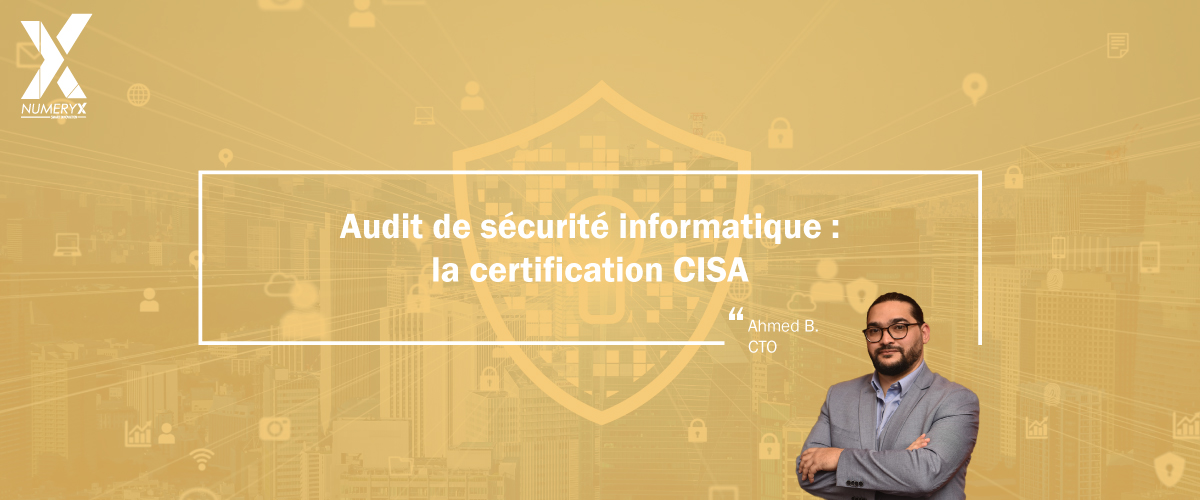In today’s fiercely competitive environment, companies are seeking to stand out from the crowd by adopting an effective management style that focuses on people. Many of them are interested inAgility and Scrum , which defines roles to increase the value chain. These roles include the Product Owner (PO).
Beyond its theoretical description in the Scrum Guide, the PO’s posture has yet to win unanimous support, even going so far as to be considered a fad. Which begs the question: what are the ways in which the Product Owner can be a strategic vector for continuous improvement?

Introduction to the Product Owner profession
First of all, note that in theory, the PO is a member of the SCRUM team. He or she is responsible for gathering all the customer’s requirements and translating them into a so-called Team Backlog, so that the project team can realize them.
His art consists in streamlining the execution of program priorities while maintaining the conceptual and technical integrity of functionalities or components for the team. His ultimate goal is to deliver value, while keeping the product alive over time.
The PO must always keep in mind the final value the product will bring to users. This requires a certain degree of perspective on the product, as well as the support of key stakeholders. In the absence of this shared understanding, the role of PO can lead to confusion and assimilation with other related roles, such as Product Manager. The latter’s role is to analyze the market and draw up a strategic roadmap around the product. The PO’s role is to draw on this strategy to bring the business and technical worlds together around a vision of the product, in order to increase the business value generated. This is all done in an iterative, incremental approach, enabling him to adjust his aim as the need arises.
The two roles coexist and are complementary, as long as the perception of these roles does not hinder the PO.
Barriers preventing the Product Owner from generating value
In some situations, the role of a PO is compromised:

- If requirements are known in advance and are unlikely to change, or if tasks cannot be divided up and scheduled to deliver increments every sprint, then the nature of the project does not require the intervention of a PO.
In such cases, appointing a Product Owner is likely to follow a fashionable trend.
- In some projects or organization charts, the PO position is designed to play the role of a pass-through between the customer (Business) and the development team.
This certainly hampers the PO’s role as a value chain optimizer.
- Confusion about the role of the PO: if the PO has no room for maneuver on the product, or if he’s just there to facilitate exchanges between teams, then the PO doesn’t have a vision of the product that “belongs” to him.
In this case, a RACI matrix is needed to identify expectations and cross-reference them with the role of the PO as defined in SCRUM.
The team or organization can then decide whether or not the PO is useful to the team.
- Lack of communication with the customer leads to a lack of information, which in turn affects the team’s work. This results in a gap between the product increment and the customer’s expectations, and thus generates a loss of value, whereas, let’s not forget, a PO should be a source of value for the product and the company.

Product Owner’s tools for adding value to the product
The PO must optimize the quality of deliverables, lead the team and satisfy the customer.
To achieve this, its environment must be part of a global Agile approach that gives the PO the necessary room for manoeuvre, which, accompanied by the right tools, will enable him to be at the heart of the company’s strategic improvement.
To assume this role, the PO must have the right posture. He or she must think in terms of product rather than production, with a clearly defined vision and effective communication.
- The PO needs to equip himself with a good range of key indicators to measure the impact of certain decisions and deviations from his vision of the product, and finally to make the necessary trade-offs.
- A technological and methodological watch is needed to combat resistance to change within the organization.
- Choose the right granularity to break down the requirement or solution in order to increase the value of an increment.
- Provoke change and act as a lever for continuous improvement: the PO’s proactivity and strength of proposal will deepen stakeholders’ confidence in his vision of the product.
- Share backlog content transparently with the organization. This facilitates negotiations with other stakeholders, should the need arise.
The role of PO depends on the organizational and technical maturity of the team and the organization. This means the importance of factors such as project complexity and expertise in terms of Agile. Stakeholders support the PO by giving him/her the necessary leeway to act on the product, while providing a strategic vision through which the company can meet market requirements and customer expectations.




